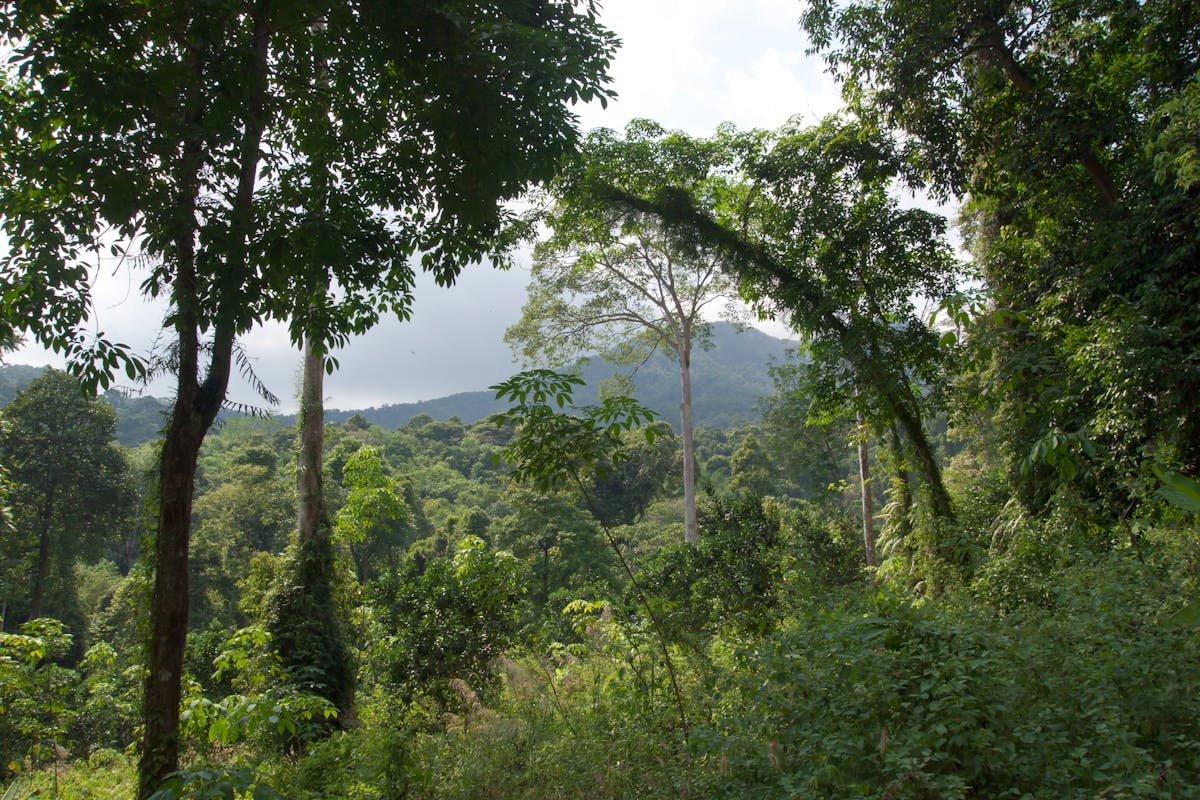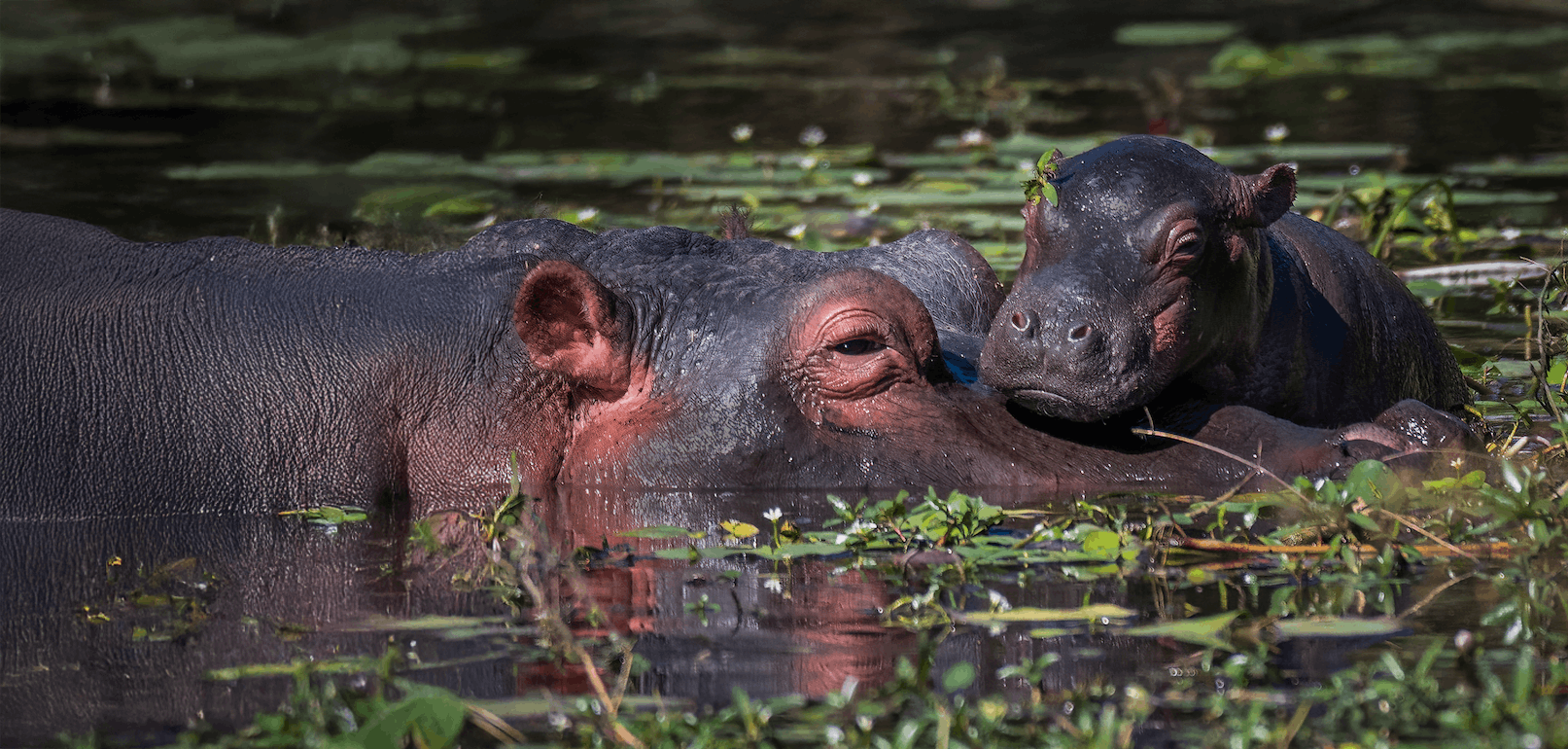
Tropical & Subtropical Forests
Biome
The tropical rainforest is a hot, humid biome where it rains year-round. Known for its rich biological diversity, the complex ecosystem is composed of dense vegetation that form three distinct layers. The top layer, or canopy, consists of towering trees that can reach heights of 75 meters (about 250 feet) or more. This thick canopy blocks much of the sunlight from reaching the forest floor. Woody vines, known as lianas, also grow in this layer, climbing trees to access sunlight. The middle layer, or understory, is composed of vines, smaller trees, ferns, and palms. The bottom layer, or forest floor, is covered with decomposing leaves and organic matter. These materials break down quickly in the warm, moist conditions, enriching the soil with nutrients. Due to the lack of sunlight, few plants grow at this level. However, the hot, humid environment and abundance of decaying plant material create ideal conditions for bacteria and other microorganisms to thrive.
Tropical rainforest, Koh Chang, Thailand. Image credit: Wikipedia, CC by 2.0, © Vyacheslav Argenberg
